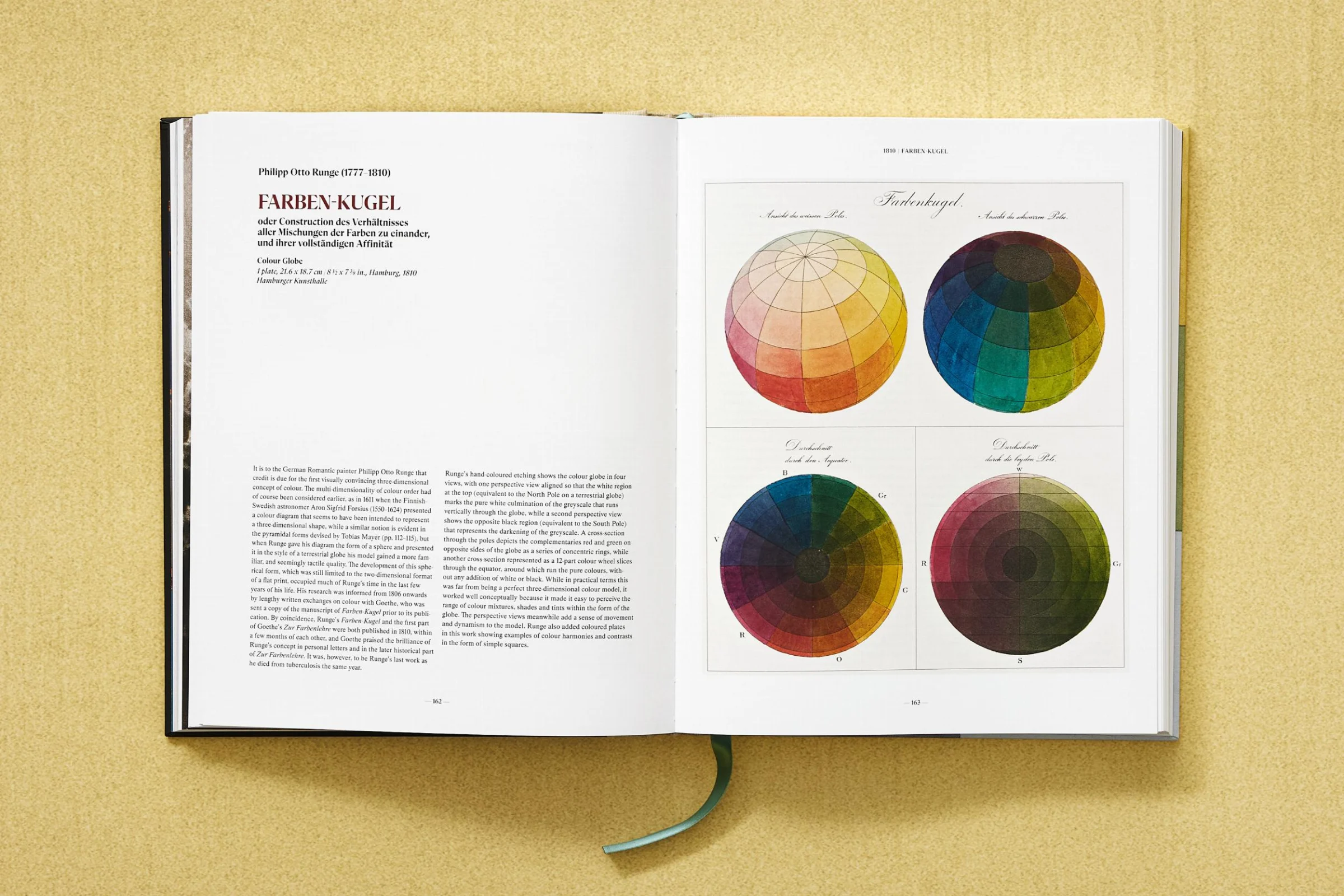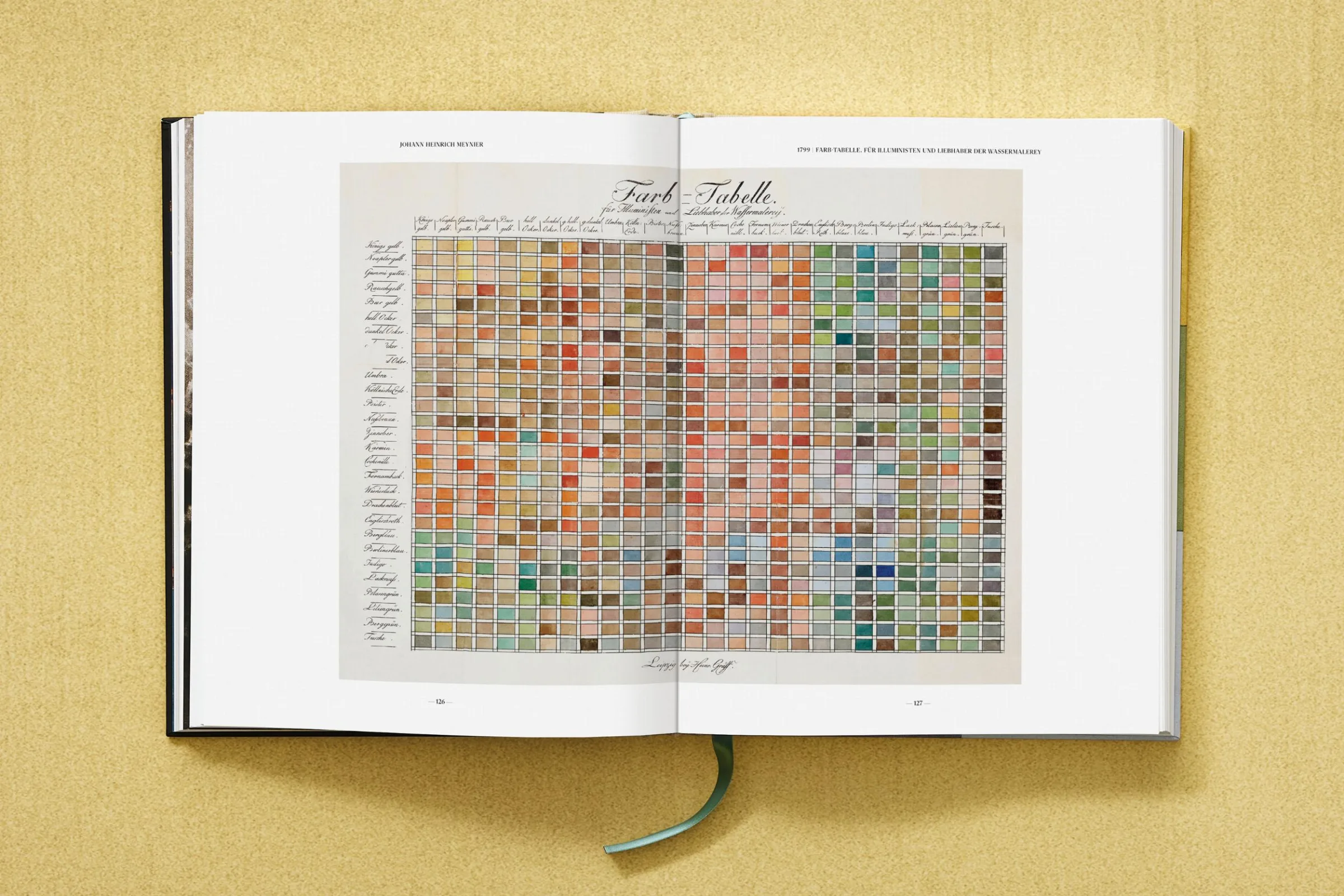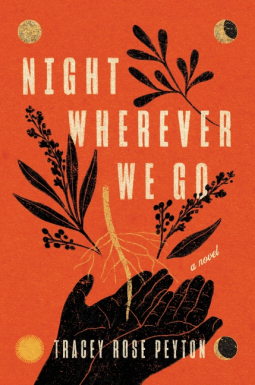The Book of Colour Concepts will soon be published by Taschen in a multilingual edition, containing text in English, French, German, and Spanish. This choice makes its abundance of explanatory scholarship widely accessible at a stroke, but even those who read none of those four languages can enjoy the book. For it takes a deep dive — with Taschen’s characteristic visual lavishness — into one of the truly universal languages: that of color. Throughout its two volumes, The Book of Colour Concepts presents more than 1000 images drawn from four centuries’ worth of “rare books and manuscripts from a wealth of institutions, including the most distinguished color collections worldwide.”

Reproduced within are selections from more than 65 books and manuscripts, including such “seminal works of color theory” as Isaac Newton’s Opticks and Johann Wolfgang von Goethe’s Zur Farbenlehre, as previously featured here on Open Culture.
Kate Mothes at Colossal adds that “readers will also find studies from Color Problems, the early 20th-century handbook by Emily Noyes Vanderpoel, which described theories that would trend in subsequent decades in design and art, like Joseph Albers’s series Homage to the Square.” In The Book of Colour Concepts’ 800 pages also appear a variety of works that don’t belong, strictly speaking, to the field of color theory, such as a botanical notebook by the spiritualist and early abstract artist Hilma af Klint.

Co-authors Sarah Lowengard and Alexandra Loske bring serious credentials to this endeavor: Lowengard is a historian of technology and science with more than 40 years’ experience as an “artisan color-maker,” and Loske is an art historian and curator who specializes in “the role of women in the history of color.” Both would no doubt agree on the special value of revisiting the history of this particular subject here in the early twenty-first century, with all its discourse about the disappearance of color from our everyday lives. It’s worrisome enough that spoken and written languages outside the English-French-German-Spanish league seem to be declining; relegating ourselves to an ever-narrowing vocabulary of color would be an even graver loss indeed.
Related content:
A 900-Page Pre-Pantone Guide to Color from 1692: A Complete High-Resolution Digital Scan
The Vibrant Color Wheels Designed by Goethe, Newton & Other Theorists of Color (1665–1810)
Based in Seoul, Colin Marshall writes and broadcasts on cities, language, and culture. His projects include the Substack newsletter Books on Cities, the book The Stateless City: a Walk through 21st-Century Los Angeles and the video series The City in Cinema. Follow him on Twitter at @colinmarshall or on Facebook.



